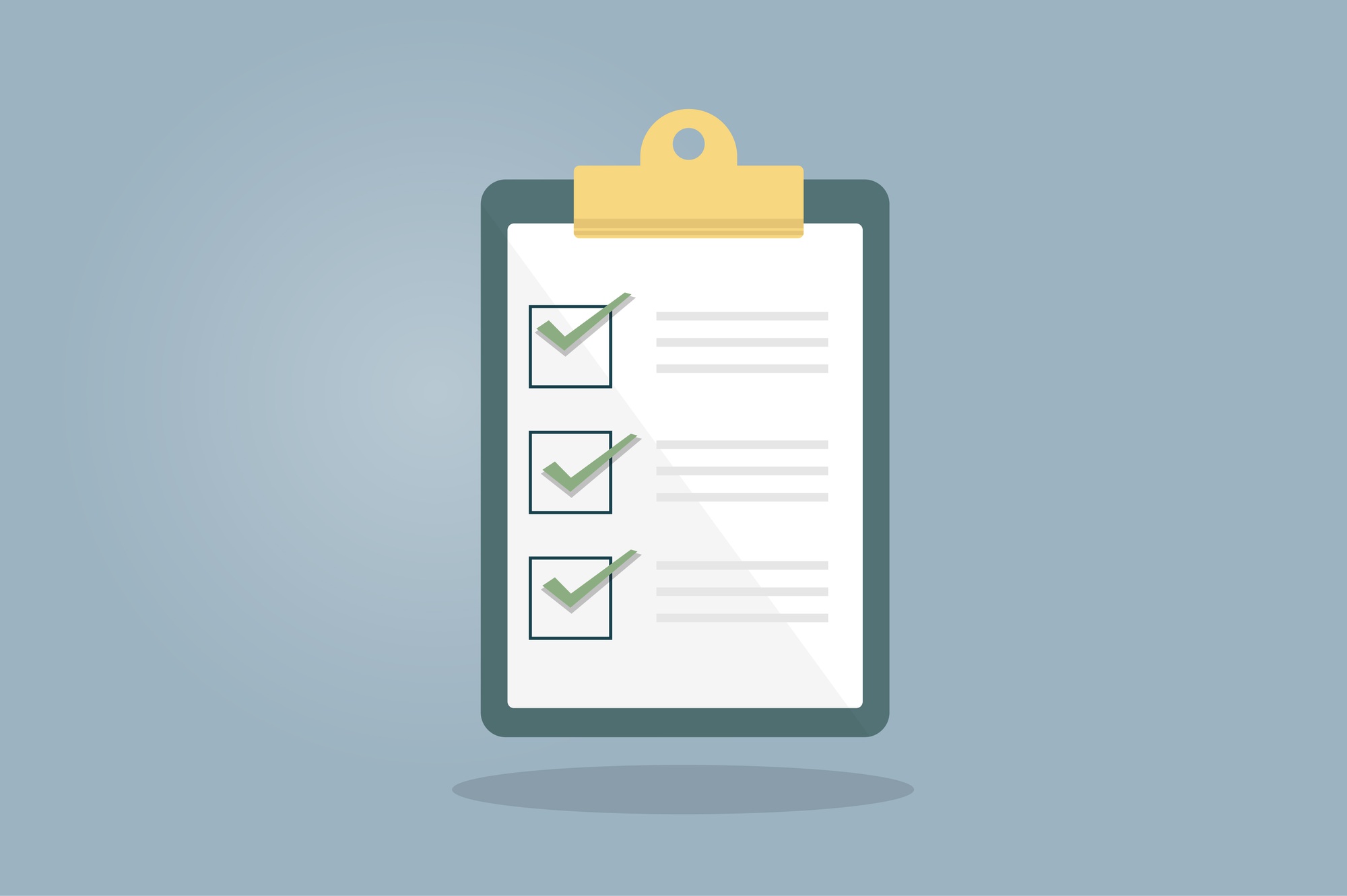September 26, 2022 | Posted in WordPress

Are you prepared to release your WordPress website?
Every day, hundreds of new websites are created. You should thus ensure that your website stands out and shines from the start.
In this post, we’ve compiled a checklist of tasks you should do before establishing a WordPress site.
Getting Started
Before launching your WordPress website, it is vital to choose the proper hosting. While basic WordPress hosting is sufficient for most websites, you may sometimes want managed WordPress hosting.
Set up a WordPress backup program
Always implement a WordPress backup system for your website. A backup is similar to an insurance policy. If anything goes wrong, it is always possible to restore your website.
Several premia and free WordPress backup plugins can be installed in only minutes.
You must ensure that backups are automatically scheduled and stored on a cloud storage provider, such as Dropbox, Amazon S3, or Google Drive.
UpdratPlus is an excellent option since it enables you to generate unlimited cloud backups of your WordPress site on your schedule. We suggest subscribing to UpdraftPlus Premium, even though the free version contains many capabilities.
Protect the WordPress Admin Panel
WordPress, the world’s most popular content management system, is a prime target for hackers. Many WordPress sites operate for years without encountering any of these problems, but it is always preferable to be prepared.
You may prevent several common security issues by preventing unauthorized access to your admin area. Examine our list of recommendations for protecting your WordPress administration area.
For each of our websites, we configured a Sucuri firewall. We noticed that this helped us stop 450,000 WordPress assaults in three months.
Sucuri is comparable to having a private security system and guards at your physical place of business. It is the best option if your website is a company.
On a brand-new website, you must ensure that every page loads correctly and that there are no broken links. Otherwise, your site visitors may see 404 errors, resulting in a negative user experience.
If you have previously added your site to Google Search Console, you may use it to locate pages in your crawl report that returns a ‘404 not found’ problem.
Otherwise, you will need to navigate your website to ensure everything functions as planned personally. If you have a lot of material, you may begin by ensuring that your most critical pages, such as the about, contact, registration, and login pages, are loaded.
You should also configure email notifications for WordPress 404 problems. This allows you to monitor and correct broken links as they are discovered.
Ensure Email Stability on Your WordPress Site
Email failure is among the most frequent WordPress issues. Some of your email alerts may or may not be delivered. This is a concern since your website relies on email to function properly.
Many email service providers consider spamming any email sent by WordPress. In addition, the PHP mail() function may not be correctly set on your hosting server.
These issues may be resolved by using SMTP, the industry standard for transmitting email.
Next, you must ensure that all of the forms on your website are functional. You must evaluate your contact forms, comment forms, and email subscription forms. Ensure that every form on your website is functional.
You should also examine your email list and send test emails to ensure that your emails are sent to the correct mailing list.
Moreover, if you haven’t already begun creating an email list, you should immediately read our article on why you should begin growing your email list.
You must also examine your login and registration forms if you operate a multi-author blog, a membership website, or an online shop.
Additionally, you should log in to your website with various user roles to see whether you need to delete unneeded stuff from the WordPress administration section for user accounts.
Provide a flawless user experience on eCommerce websites.
If you own an eCommerce business, you must extensively examine the user experience components of your website.
You should attempt to explore your items, add them to a shopping cart, and even complete a test transaction as if you were a user. Ensure that everything functions correctly.
If you are selling digital items, you must ensure fast delivery. You will need to examine your procedures for physical items to ensure that orders are fulfilled efficiently.
Verify that receipts, invoices, shipping cost computations, and taxes are functioning properly.
Verify the Sliders, Images, and Videos.
Images and videos are essential components of any website and increase the interactivity of the current online. However, you will create a negative impression if they are not added properly.
If you are utilizing a WordPress slider plugin, you must ensure that the slider works as intended across all browsers and devices.